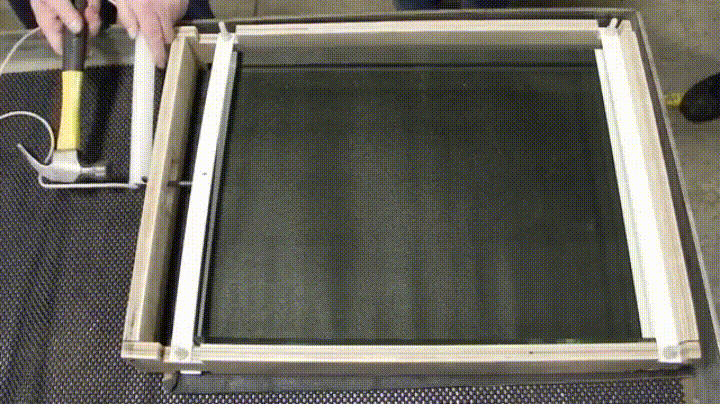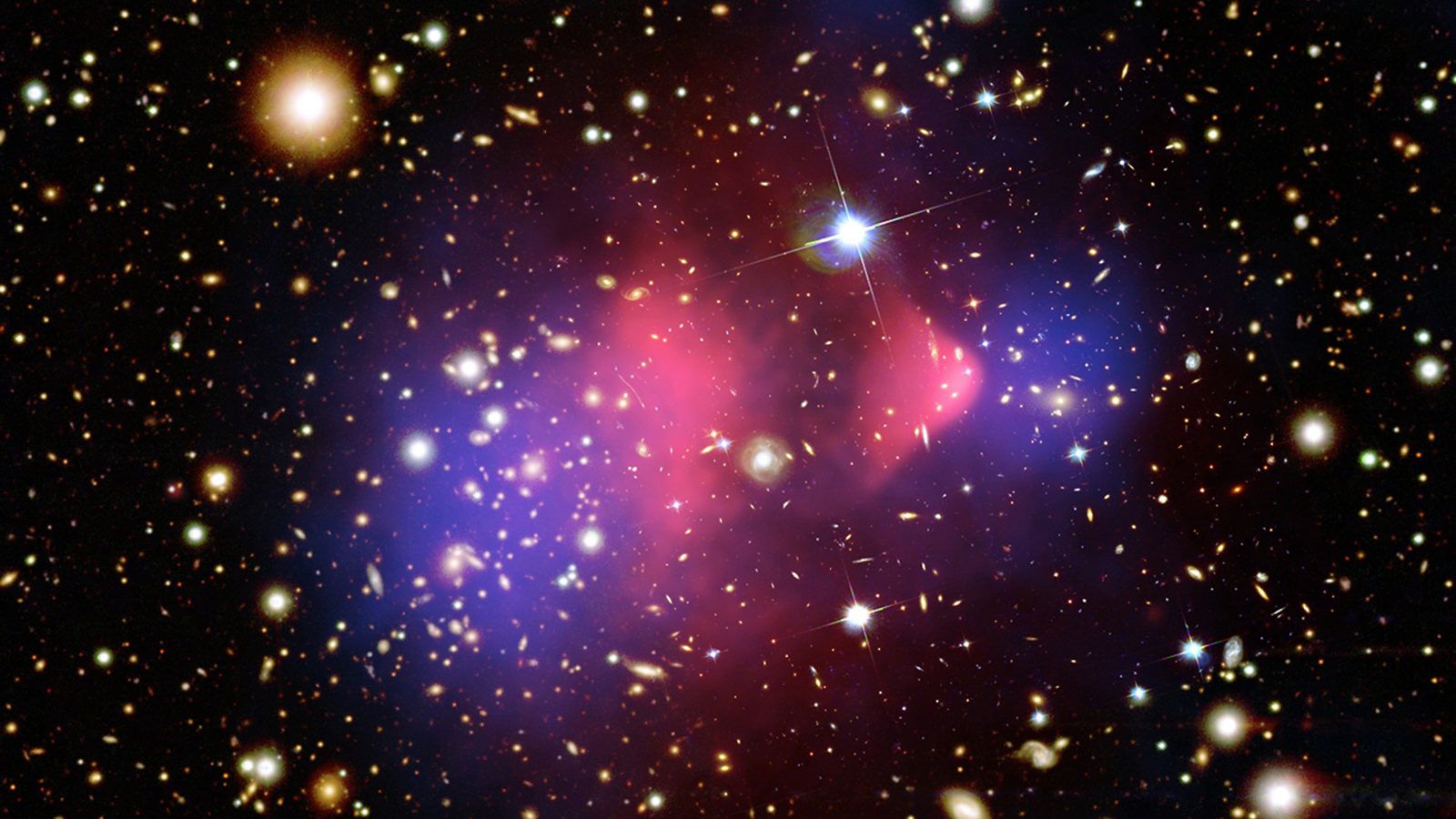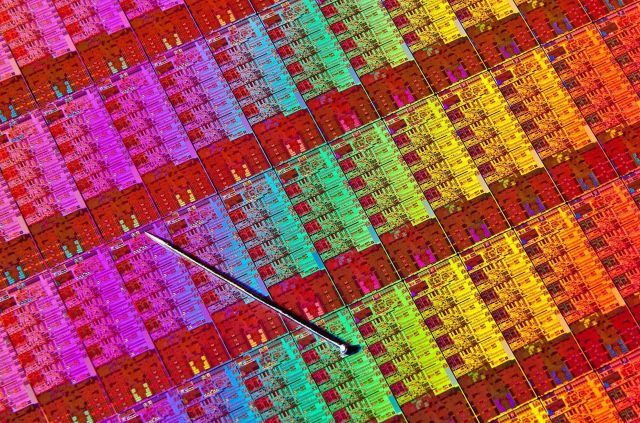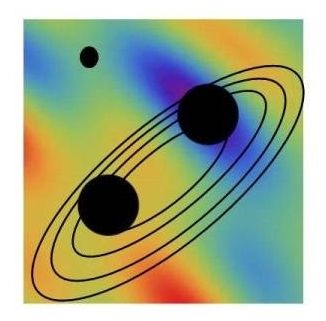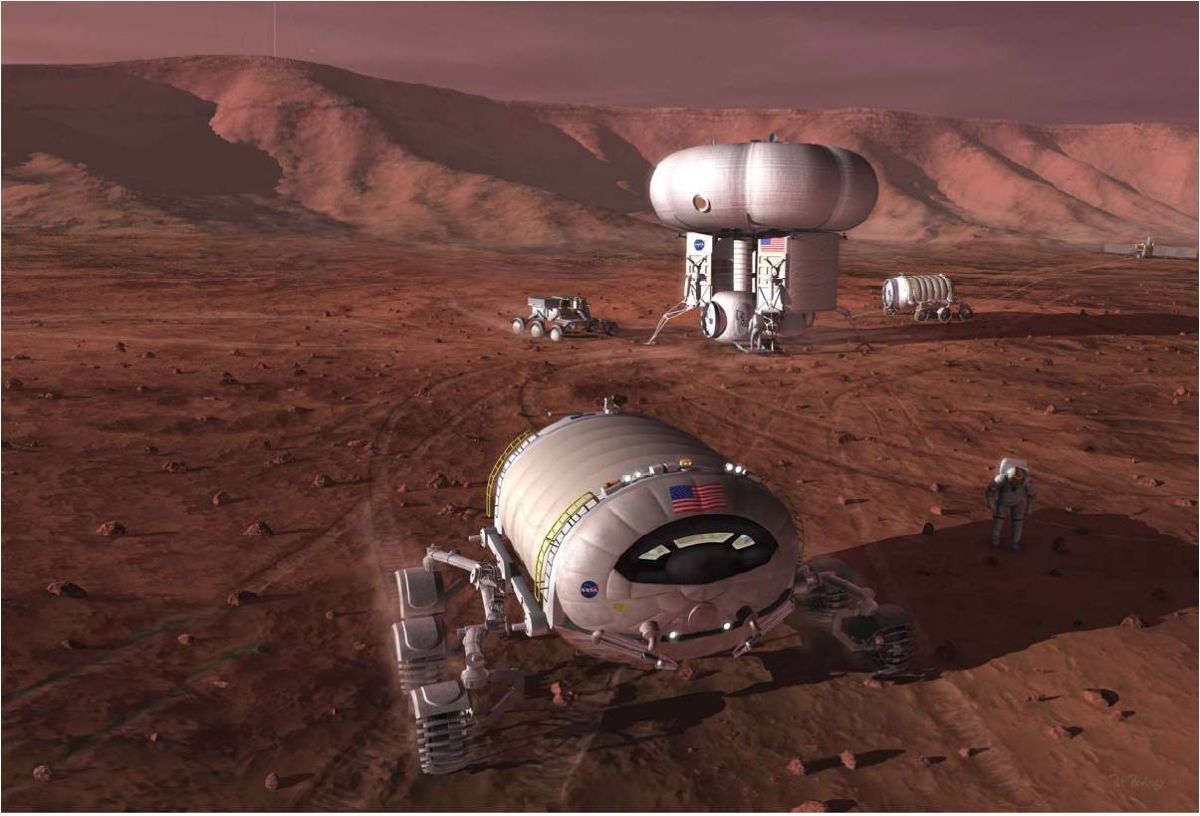The next time your have a drink at your favorite restaurant or bar; it could be in a levitating glass.
Diehard cocktail aficionados swear by serving specific drinks in the correct glass. I wonder what they’ll make of the Levitating CUP, a cocktail glass designed to float above a portable base, in seeming defiance of gravity.
It’s the brainchild of Joe Paglione, CEO of a Chicago-based startup company called Levitating Cup. They’ve launched a Kickstarter campaign to raise the necessary capital to bring the products to market. There are cocktail glasses, dessert cups, beer cups, plates, and even pillows for optimal presentation-just in case you want to throw a full dinner party without the usual coasters and place mats.
How does it work? The metallic base holds an electromagnet, with a corresponding magnet in the cup itself so it can appear to float weightlessly in mid-air. Per the Website:


